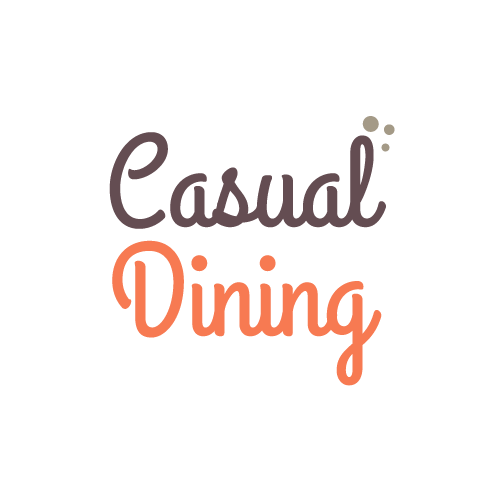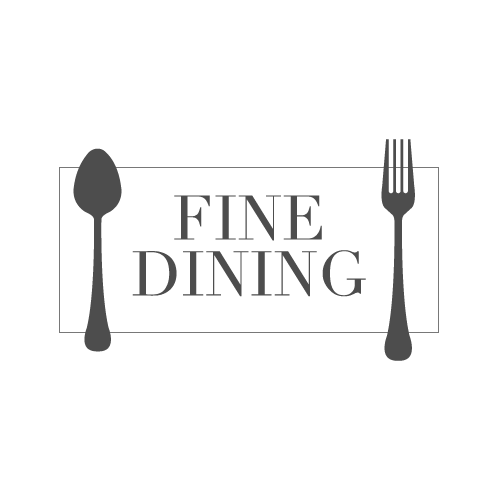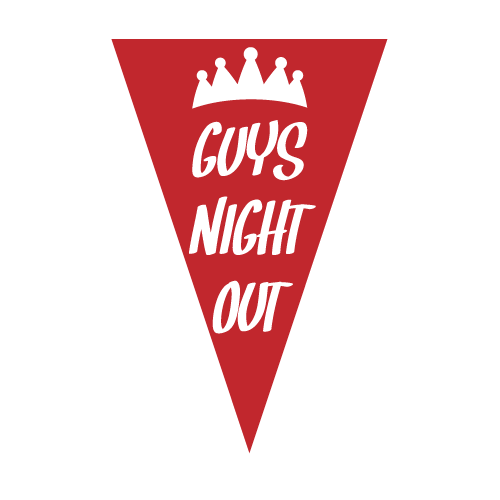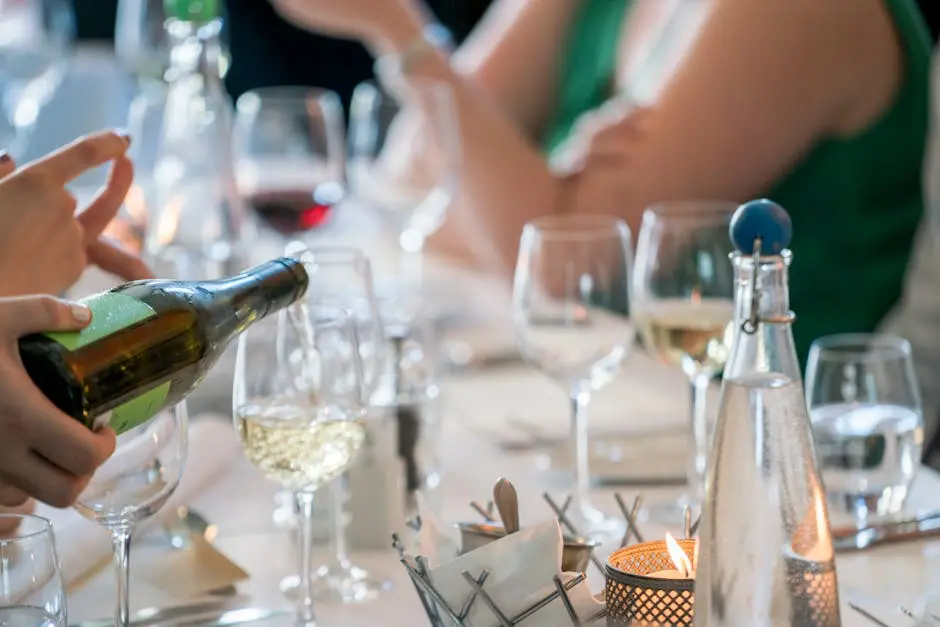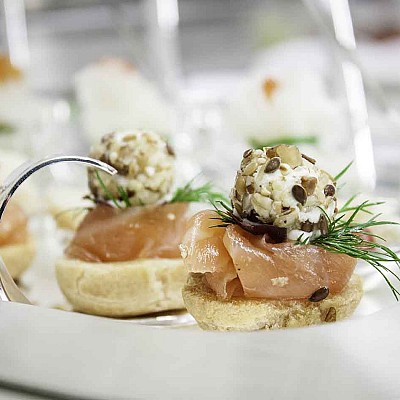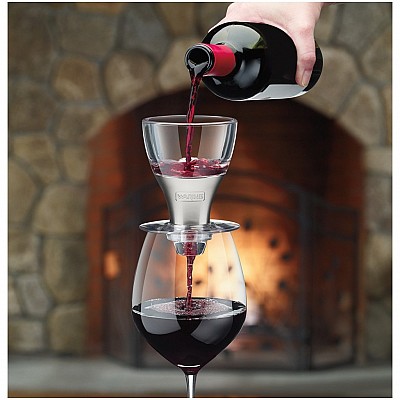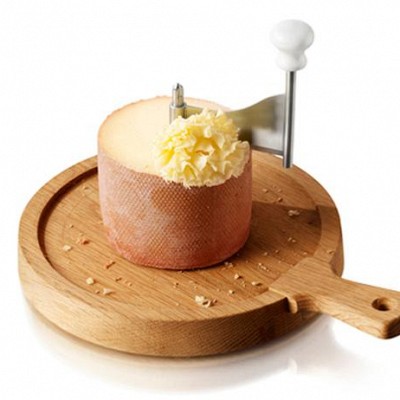Wine tasting has evolved into a significant component of travel and food culture, capturing the interest of travellers and gastronomes alike. In this blog, we'll delve into the latest trends in wine tasting that are changing how we experience this age-old tradition. From unique pairing experiences to immersive vineyard tours, let's explore the exciting landscape of wine tasting.
The Rise of Experiential Wine Tasting
More than just sipping wine, today's experiences involve engaging activities like grape stomping and blending your own wine, bringing a new level of enjoyment. Imagine a sunny afternoon in a vineyard where you're not only tasting a delicate Sauvignon Blanc but also getting your feet sticky with grapes, laughing alongside friends as you stomp and squish. This connection to the process is what makes modern tasting experiences truly memorable.
Furthermore, many wineries are crafting unique themed events that cater to different interests. From artistic nights that combine painting with wine sampling to gourmet picnics set against stunning backdrops, there's a trend towards truly multi-sensory experiences. In this way, wine tasting no longer just involves the palate; it awakens all the senses, pairing the visual delight of art or nature with fabulous flavors.
Also, consider the many culinary collaborations that are emerging alongside wine events. Local chefs are joining forces with winemakers to create pairing dinners that highlight the best of both worlds. Guests delight in expertly crafted dishes that complement the wine offerings, making for an unforgettable evening where food and drink dance harmoniously together.
Sustainable Practices in Wine Production
The focus on sustainability is shaping how wines are produced and tasted, with an emphasis on organic farming and eco-friendly practices. More winemakers are prioritizing the health of their vineyards and the environment, implementing practices that reduce carbon footprints and encourage biodiversity. As consumers grow more eco-conscious, they are increasingly drawn to wines that reflect these values.
Imagine sipping a glass of wine, knowing that the grapes were grown using organic methods that respect the land. This trend is not only good for the earth but also for the taste. Wines produced in this way often exhibit unique characteristics distinct to their terroir. The commitment to sustainability goes beyond the vineyard; many wineries are also embracing green technologies in their production processes, from sustainable packaging to energy-efficient operations.
Additionally, wine tourism is now intertwined with environmental stewardship. Visitors to vineyards find themselves educated on the importance of sustainable practices, often participating in eco-friendly initiatives like tree planting or organic farming tours. This educational element enhances the tasting experience, making patrons feel good about their choices while also learning about the intricate relationship between wine production and the environment.
Food Pairing Trends: Beyond the Traditional
Discover how innovative food pairings, like spicy cuisines with bold reds, are transforming traditional pairings and enhancing the tasting experience. Gone are the days when white wine was strictly for fish and red for red meat. Today's adventurous palates are embracing the unexpected, with chefs and sommeliers championing bold combinations that challenge the norm.
For instance, the rise of fusion cuisine has opened up new possibilities for pairing wines. Think of a spicy Thai curry enjoying the company of a fruit-forward Grenache—a perfect match that delights the senses. This experimentation not only broadens our palates but also invites conversation around the dinner table as guests ponder these exciting combinations.
Moreover, social media has played a significant role in influencing contemporary food and wine pairings. As food bloggers and influencers share their culinary adventures online, they inspire a new generation of wine drinkers to explore beyond what’s conventional. The vibrant photos and tantalizing descriptions encourage many to taste wines they might otherwise overlook, fostering a atmosphere of discovery.
The Influence of Technology in Wine Tasting
From apps that help you choose wine to virtual tasting events, technology is making wine tasting more accessible and interactive. The convenience of having a wine guide at your fingertips is revolutionary. With just a few taps on your smartphone, you can access tasting notes, food pairings, and even user reviews, making informed choices easier than ever.
Additionally, the popularity of virtual tastings skyrocketed during recent times, allowing enthusiasts to enjoy curated experiences from the comfort of their homes. Participants can engage with winemakers and sommeliers via video, gaining insider knowledge that enriches the tasting experience. This trend has not only kept the wine community connected but has also expanded access to people unable to visit vineyards in person.
The integration of augmented reality (AR) is taking things a step further. Picture a bottle of wine that shows you a short video of the vineyard when you scan its label. This immersive element not only engages customers but also tells the story behind the wine, creating a deeper connection to what they’re drinking.
Regional Wine Trails and Their Unique Offerings
Explore how different regions are crafting tailored wine experiences, including local cuisine pairings and cultural insights that enhance your tasting journey. Regional wine trails are flourishing across the globe, inviting wine lovers to discover the distinct flavors that each area has to offer. Each stop on a trail tells a story, steeped in tradition and influenced by the local landscape.
For example, a visit to a vineyard in Napa Valley might include not only tastings of their renowned Cabernet Sauvignon but also guided tours that delve into the history of American winemaking. In contrast, a European wine route might invite guests to sample their wines alongside artisanal cheeses, immersing them in the rich culinary heritage of the region.
Moreover, local festivals celebrating harvest seasons offer tourists a chance to engage with winemakers and farmers alike. These community events are not just about tasting; they allow for a holistic experience that showcases the culture, music, and food techniques of the area, enriching the wine tasting with shared joy and communal celebration.
The Importance of Wine Education and Workshops
Educational experiences are becoming a staple in wine tasting, providing enthusiasts with the knowledge to make informed choices and deepen their appreciation. Many wineries are hosting workshops that cover everything from the basics of wine tasting to advanced lessons in wine-making and terroir. These interactive sessions offer hands-on experiences, making the learning process both enjoyable and captivating.
Imagine a weekend spent not just tasting but also uncovering the science behind those exquisite flavors. Participants can learn how soil types and climate influence the wines they love, giving them a new lens through which to appreciate their favorite bottles. This deeper understanding helps foster a community of informed wine drinkers eager to share their knowledge.
With the rise of social media, the sharing of wine knowledge has been amplified. Influencers and sommeliers are creating content that educates, entertains, and encourages a broader dialogue around wine. As more people engage with educational content, the stigma of wine being an exclusive hobby continues to fade, making it accessible to all.
Embracing the Future of Wine Tasting
As we’ve journeyed through the current trends in wine tasting, it’s clear that this experience is continuously evolving. Whether you’re a seasoned sommelier or a curious newcomer, these trends offer new ways to enjoy and appreciate wine, enhancing travels and culinary adventures. Embrace these changes and let your palate guide you on your next exploration.




